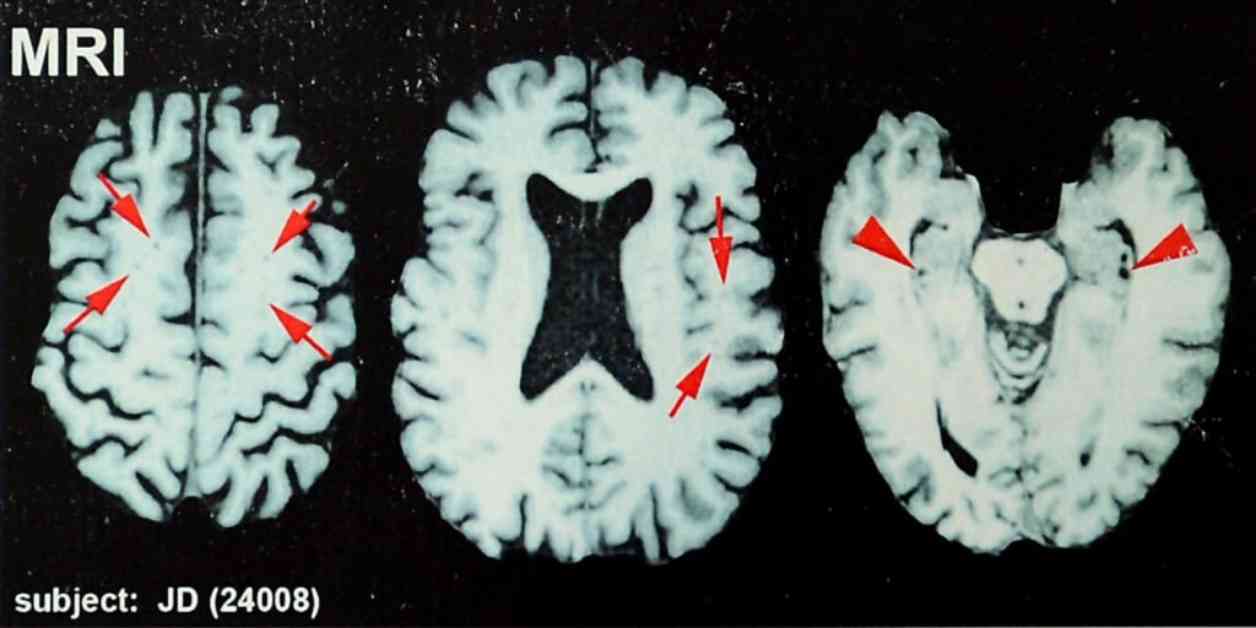Study Suggests One-Third of Ex-NFL Players Believe They Have CTE
A recent study has shed light on the prevalence of chronic traumatic encephalopathy (CTE) among former professional football players. The research, published in the journal JAMA Neurology, revealed that approximately one-third of ex-NFL players surveyed believe they have CTE, a brain disease linked to repeated hits to the head.
Understanding CTE
CTE is a degenerative brain disease that can only be officially diagnosed after death through an examination of the brain. It is characterized by the death of nerve cells, leading to cognitive impairment, mood changes, and behavioral difficulties. Symptoms of CTE can include depression, cognitive issues, and long-term effects of previous head injuries. While the disease can take years or even decades to manifest, the risk of developing CTE may increase if a second head injury occurs before the initial one has healed.
The Research Study
The study, led by Rachel Grashow from Harvard University’s Football Players Health Study, focused on a cohort of nearly 2,000 former players who provided data on their health and experiences. Of these respondents, 34% believed they had CTE based on the symptoms they had encountered, such as depression, cognitive difficulties, and the lingering effects of head trauma. The findings are significant as they offer insights into the lived experiences of ex-NFL players and the challenges they face post-retirement.
Treatment and Management
While CTE is often viewed as an incurable and progressive disease, the study highlighted that many of the symptoms associated with perceived CTE are treatable. Conditions like depression, sleep apnea, and pain can be managed through appropriate medical interventions. By shifting the focus from the disease’s inevitability to proactive treatment and support, individuals with suspected CTE can improve their quality of life and well-being.
Dr. Thor Stein, from Boston University’s CTE center, emphasized the importance of identifying and treating CTE symptoms early on. He noted that while CTE remains a complex condition, addressing treatable symptoms can enhance patients’ overall health outcomes. Moving forward, researchers aim to identify biomarkers that could aid in diagnosing CTE in living patients, offering hope for earlier detection and intervention.
The NFL’s Response
The study’s findings come at a time when the NFL continues to grapple with its players’ risk of CTE. In 2016, the league acknowledged the connection between football and CTE, leading to a settlement of player lawsuits over head injuries in 2013. As player safety remains a top priority, the NFL has introduced new helmets and protective gear to reduce the risk of head trauma during games and practices.
The Role of Awareness and Prevention
Increasing awareness about CTE and its associated risks is crucial in safeguarding players’ long-term health. By promoting a culture of safety, education, and early intervention, the NFL and other sports organizations can empower athletes to prioritize their well-being and seek appropriate medical care when needed. Initiatives like the guardian cap, worn by some players during practices, demonstrate a commitment to mitigating head injuries and protecting players’ health.
Moving Forward
As research on CTE continues to evolve, it is essential to support ongoing studies and initiatives that aim to enhance the understanding and management of the disease. By prioritizing player safety, promoting open dialogue about head injuries, and advocating for preventative measures, the sports community can work towards creating a safer and healthier environment for athletes at all levels.
In Conclusion
The study’s findings highlight the complex nature of CTE and its impact on former NFL players. By addressing treatable symptoms, advocating for early intervention, and promoting player safety, the sports community can take proactive steps towards mitigating the risks associated with head injuries. As research progresses, the hope is to improve diagnostic methods, enhance treatment options, and ultimately support the well-being of athletes both on and off the field.

















